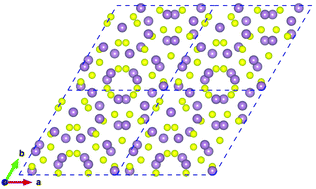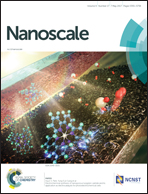On the lubricity of transition metal dichalcogenides: an ab initio study†
Abstract
Owing to specific characteristics engendered by their lamellar structures, transition metal dichalcogenides are posited as being some of the best dry lubricants available. Herein, we report a density functional investigation into the sliding properties and associated phenomena of these materials. Calculated potential energy and charge transfer profiles are used to highlight the dependence of shear strength on chemical composition and bilayer orientation (sliding direction). Furthermore, our calculations underscore the intrinsic relationship between incommensurate crystals and the oft-touted superlubric behaviour of molybdenum disulfide.



 Please wait while we load your content...
Please wait while we load your content...